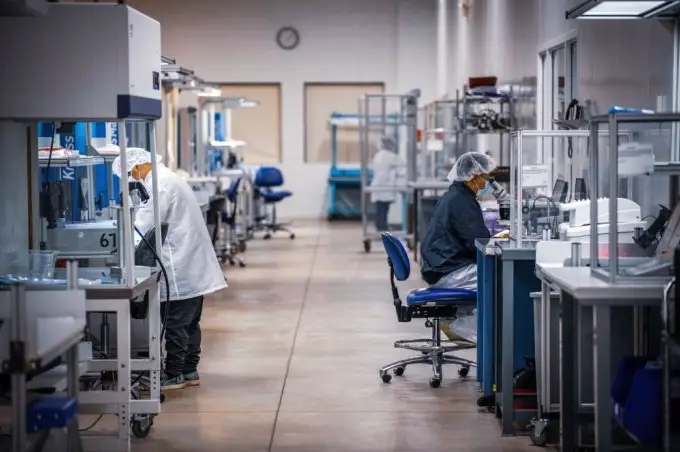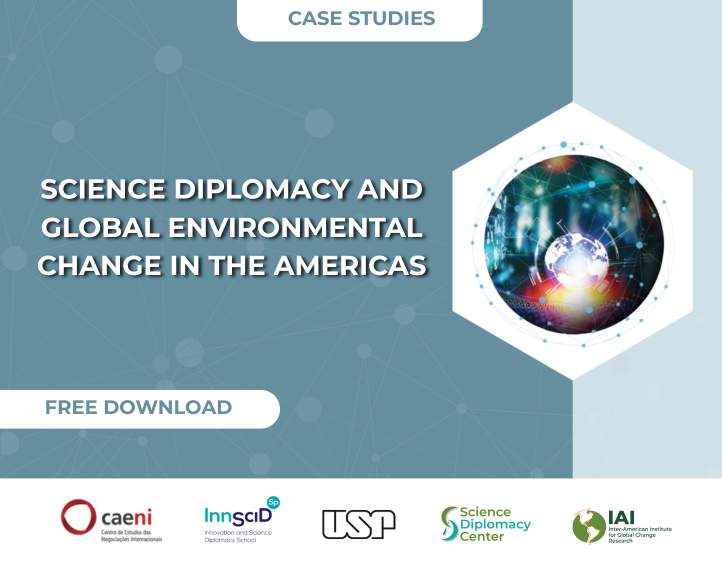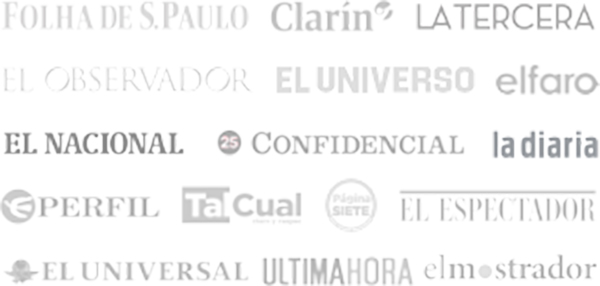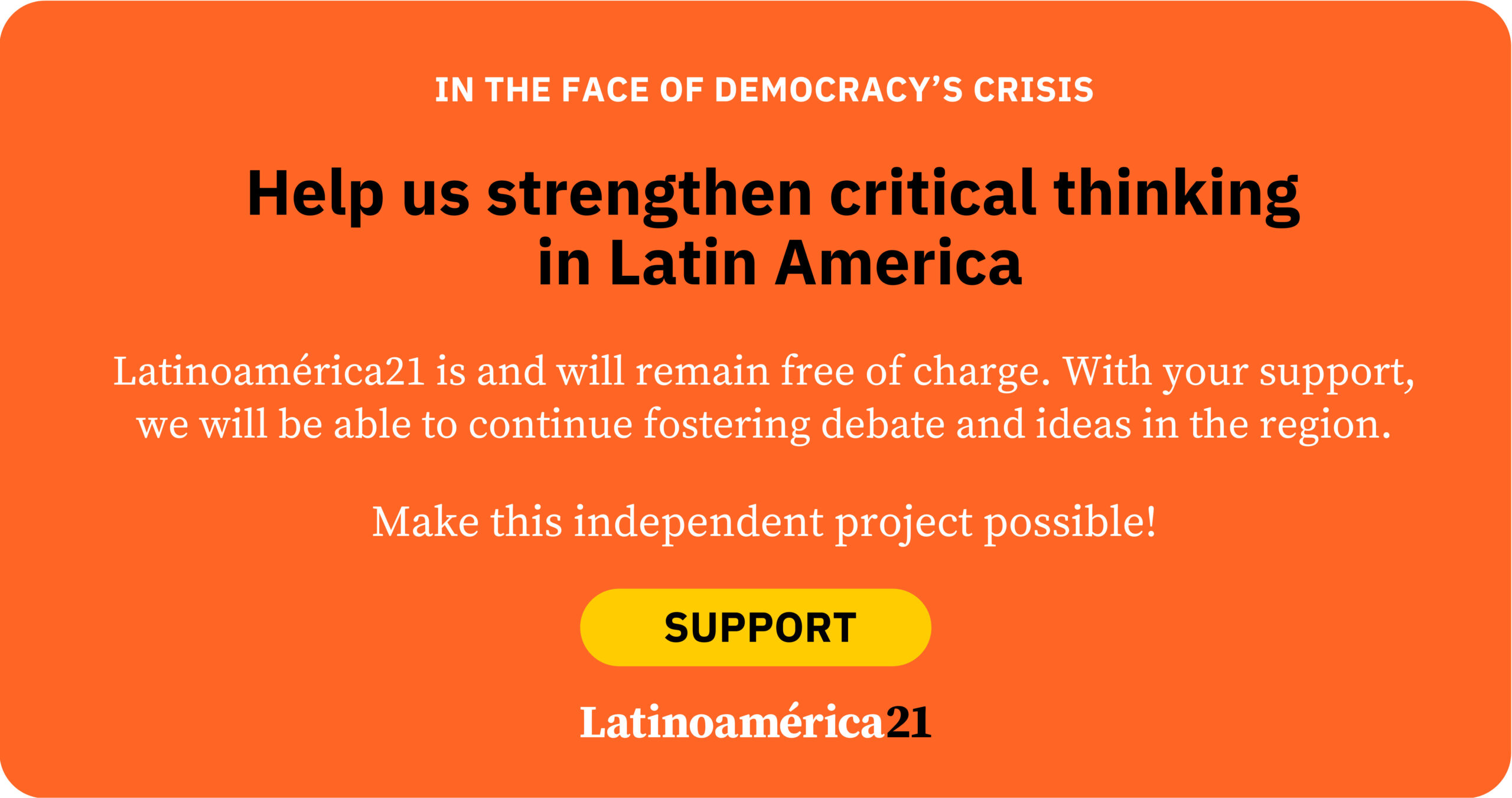30 years ago, Costa Rica was a resource-based economy reliant on raw exports. Today, however, it is a thriving manufacturing and innovation hub with over 90 MedTech multinationals operating within its borders. Costa Rica is one of the most advanced economies in Latin America, with medical device exports growing an average of 18% every year. In 2023, Costa Rica’s primary source of export revenue was medical devices and remarkably, in 2022, Costa Rica surpassed China’s biomedical exports to the United States. This begs the question: how did a country of only 5.3 million people alter the trade status quo in the Americas?
This extraordinary transformation began in the 1990s. The Costa Rican government saw the impact of globalization on supply chains and decided to pivot its economy to attract foreign direct investment (FDI) by transitioning to higher value, higher tech supply chains. Key investments in workforce education and training, in addition to developing smart and growth-oriented policies and business practices, created a momentum that propelled the country’s economy into a new era. Over the course of 15 years, Costa Rica went from an economy largely dependent on natural resource exports to a major manufacturing hub in the Western Hemisphere—breaking records in FDI along the way. Here are four lessons from Costa Rica’s ascent.
Lesson #1: Don’t play politics
Even in the most stable of democracies, when governments transition, the previous administration’s policies are often abandoned. However, when the Costa Rican government decided to shift its attention to medical device manufacturing, it ensured that this new state policy would not be affected by political tides. Policymakers and industry elites had a shared vision; by reforming the supply chain economy they could reform Costa Rica’s economy altogether.
The country adopted a Global Value Chain (GVC) approach by examining each step in the process, from sourcing raw materials, research and development, design, assembly, quality checks, and export regulations. By taking a GVC approach, the government ensured that both the public and private sector had a clear understanding of existing industries and global supply chains – allowing them to effectively enact new policies to promote economic development in targeted sectors and increase total FDI. Governance structures, such as the Presidential Council on Competitiveness and Innovation, were created to bring together important public and private sector stakeholders to drive participation in the global economy and guide and monitor Costa Rica’s new supply chain strategy. The Costa Rican Foreign Trade Ministry (COMEX), Costa Rican Foreign Trade Promoter (PROCOMER), and the Costa Rican Investment Promotion Agency (CINDE) also pushed forward business-friendly policies to ensure that foreign companies and investors could easily integrate into national and local markets. This resulted in multinationals like Intel, Boston Scientific, and Hewlett Packard setting up shop in Costa Rica. By demonstrating continued support to the public and private sector, lawmakers assured corporations that the government was committed to the development of Costa Rica’s biomedical device industry.
Lesson #2: Create a business enabling environment
Costa Rica’s web of Free Trade Agreements (FTAs) opened doors to the U.S., European, and Asian markets – creating more opportunities for FDI from large multinationals. Under Costa Rica’s free trade zone incentive system, medical technology (MedTech) firms can operate tax-free for a number of years, providing companies with the leeway to establish operations while they settle in the country. The open trade policies and incentive system for MedTech companies allowed Costa Rica to invest in its manufacturing facilities and distribution channels – strengthening its forward linkages in the supply chain.
COMEX, PROCOMER, and CINDE ensure that the FTAs and incentive systems are part of an ecosystem of market-oriented policies to attract FDI in the medical device sector. Today, as nearshoring and friendshoring have become increasingly popular in the Western Hemisphere, Costa Rica has positioned itself as an ideal partner for the United States.
Lesson #3: Upskill your current workforce
Costa Rica also invested heavily in human capital to increase competitiveness and drive innovation. The National Training Institute offered a series of technical and vocational programs to upskill workers in high-demand industries.
In 2020, Costa Rica’s Ministry of Science, Technology, and Telecommunications and CINDE developed professional certification programs to expand the level of talent, innovation, and competitiveness in the medical device industry. The Presidential Council on Competitiveness and Innovation monitors the success and effectiveness of these programs to assess if they align with the GVC approach and are improving Costa Rica’s human capital and capacity for innovation within the sector.
By prioritizing workforce development, the government established a pipeline of highly skilled workers that not only supports the medical device sector but also prepares workers for other high-tech supply chains in the life sciences and pharmaceutical sectors.
Lesson #4: Cultivate talent in-house
Costa Rica is one of the most educated countries in Latin America and ranks second in English proficiency. Without a military to finance, Costa Rica has made significant investments in education over the last 50 years. By cultivating a highly educated, skilled, and market-oriented workforce, universities have been instrumental in the transformation of their export economy.
Public universities are heavily subsidized by the government and have played a key role in the development and management of the talent that enters these high-tech areas. CINDE established partnerships with U.S. universities such as Rice University, University of Wisconsin Stout, and University of Minnesota to further research and development in biomedical engineering.
They’ve also partnered with Georgia Institute of Technology to develop complementary curricula in the medical device sector and other high demand areas. University partnerships create opportunities for more research and innovation while strengthening industry linkages between Costa Rica and the United States. By managing its own pipeline of homegrown talent, Costa Rica shaped its workforce to thrive in critical sectors and completely transformed the trajectory of its exports.
Conclusion
Costa Rica’s supply chain evolution was not an overnight success – it took 15 years before they saw a substantial shift in their export economy. But it was their success. FDI from multinationals and transnational partnerships with universities have significantly impacted the sector, but the policies and initiatives themselves were entirely initiated and driven by the Costa Rican government and its private sector partners.
As MedTech companies continue to expand, they create opportunities for further investment in other export sectors in the technology, life science, and pharmaceutical industries. Costa Rica’s emphasis on training, educating, and upskilling the workforce for the medical device industry simultaneously prepared workers to pivot toward other high-tech supply chains – sustaining the flow of a highly-skilled, competitive domestic workforce.
As geopolitics shift trade patterns and countries seek to diversify and derisk their own supply chains, Costa Rica provides critical lessons and insights for how to foster a resilient export ecosystem.













